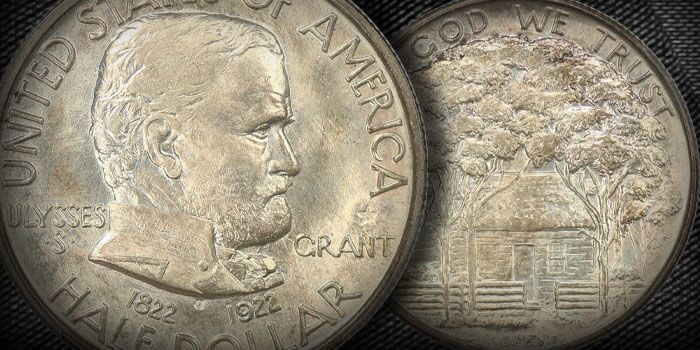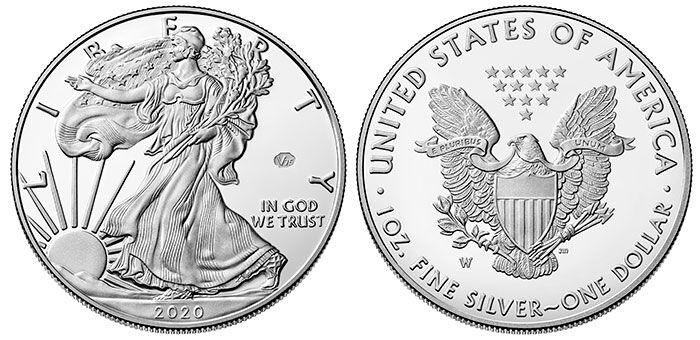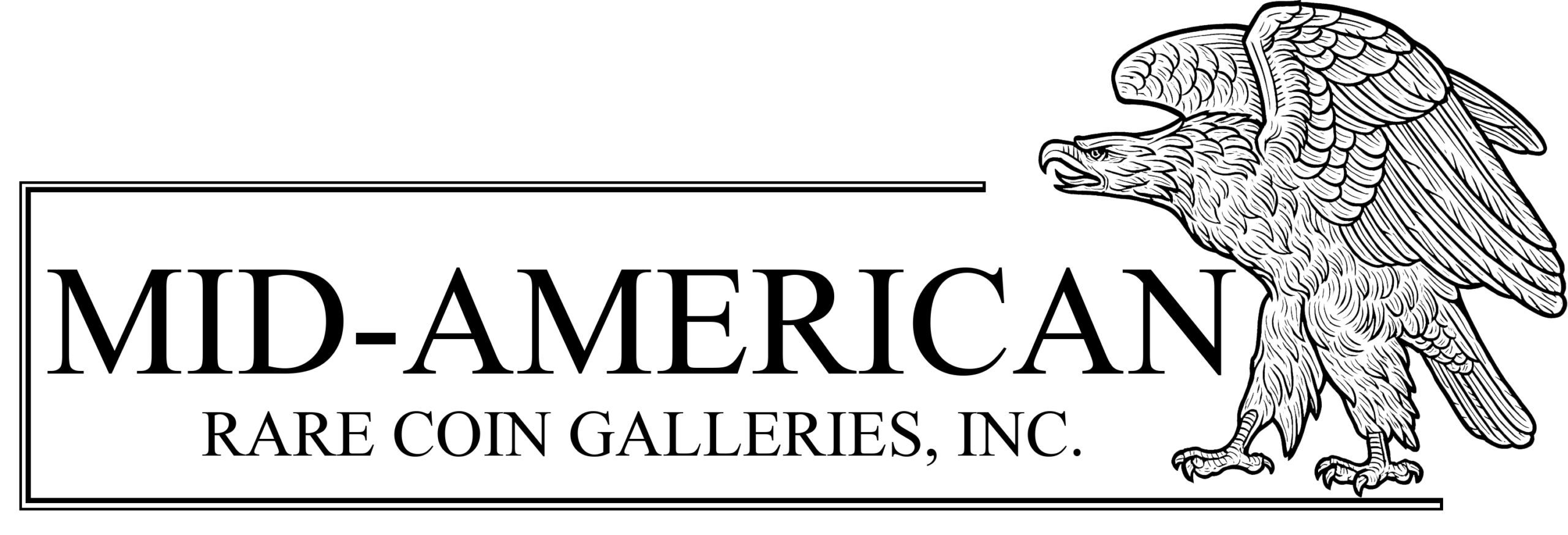A privy mark is a small, distinguishing symbol or mark added to coins during the minting process, typically used to commemorate a special event or to add a layer of security. The use of privy marks has a long history that dates back to at least the 14th century. Early uses of privy marks include distinguishing coins made at different times and identifying different moneyers.
The added symbols were also a tool against counterfeiting. These marks can vary in design and are often placed in a discrete part of the coin, such as next to the date or mintmark.
The origin of the term “privy mark” is an old French word prive, which was derived from the Latin word privatus, meaning “set apart or private”. A privy mark is very different from a mintmark, which denotes the location of a coin’s minting. The use of privy marks is not a new innovation from the United States Mint.

A few great examples are from more than 100 years ago, with the 1922 Grant Commemorative Half Dollars and Gold Dollar. To increase sales, the U.S. Mint struck coins with a star symbol (★) on the obverse. The 1921 Alabama and Missouri Half Dollars were stuck with the addition of 2X2 and 2X4 stamps in the field, respectively. This was also done as a way to increase sales of these commemorative coins.
Historically, privy marks were used as identifiers of different mints or to track the journey of coins through various stages of production. In modern coinage, however, they are more commonly associated with commemorative or limited-edition coins.

For example, in 2020, the U.S. Mint introduced a special privy mark on certain American Silver Eagle coins to celebrate the 75th anniversary of the end of World War II. The V75 symbol was also used for a very limited (1,939 struck) edition of the American Gold Eagle in Proof. These have been wildly popular and sell for nearly $20,000 today.
Privy marks serve as a way for collectors to differentiate between versions of the same coin, but they can also enhance the value of the coin, particularly if the minting run was limited or the design has historical significance. In most cases, the inclusion of a privy mark lends itself to lower mintages, making a coin more desirable among collectors.
To increase awareness and to stimulate collecting, the United States Mint struck only two million National Parks Quarters commemorating five different parks with the V75 privy mark. This is only a tiny percentage of the more than one billion quarters struck that year. Despite looking carefully, I still have not found one in circulation. The coins are certainly out there to be “cherry-picked.”
This year, the Mint ramped up its efforts for innovation by producing a 2024 American Silver Eagle with a “star” privy mark. The coins were struck in collaboration with Nice Gang, the producer of video games designed to reward players with physical coin rewards. These were sold out and are now eagerly sought in the aftermarket. Hopefully, some of the video game players will explore the world of numismatics after receiving their rewards.

The most recent success of a privy mark has been the 2024 Flowing Hair Silver Medal. The U.S. Mint struck a maximum of 75,000 of these. They also produced 1,794 examples with the “230” privy mark denoting the anniversary of the 1794 Flowing Hair Silver Dollar. Of the 1,794 coins produced with the privy mark, 230 examples were accompanied by a personally signed Certificate of Authenticity by Mint Director Ventris Gibson.
The distribution of the 1,794 coins is what made the release of the 2024 Flowing Hair silver medallion so exciting. They were randomly mixed in with the 75,000 pieces produced without the privy mark. The coin release became a “lottery” with lucky buyers getting a coin worth $3,000 to $5,000 for $105. The practice is similar to what sports cards producers have done for years with “break out” boxes salted with rare and valuable cards.
The Mint also produced a gold version of the 2024 Flowing Hair Dollar for an issue price of about $3,700. Despite the high price point, the coins have been selling for even higher prices in the secondary market. The Mint produced 17,500 coins, which translates to about $65 million in sales to collectors and dealers. For generations, there has been a debate among hobby leaders about the impact to the hobby when so much money is drained from collectors’ pockets.
Unlike the silver version of the 2024 Flowing Hair medallion, the Mint decided to auction the 230 examples of the 2024 Flowing Hair Dollar in gold with the 230 privy mark. This seems to be only in the best interest of the Mint and will leave only the wealthiest collectors vying for an example. Needless to say, I am not a fan of this approach for distributing an intentionally created rarity.
The use of privy marks is certainly not a new innovation, but its use by the U.S. Mint and other mints around the world has certainly increased in the last few years. As the field for modern coin production becomes crowded, mints globally are looking for products and ideas to stimulate sales. The same line of thinking was used in the production of 1921 and 1922 commemorative coins with privy marks. It’s about creating special coins to increase sales.
Historically, coins produced in lower numbers with privy marks have held or increased their value in line with the coin’s rarity. They are generally collected with the series and are listed in the Guide Book of United States Coins (the “Red Book“). Like anything, however, overuse of the privy marks could have an impact on long-term resale values. There cannot be “unlimited” numbers of “limited” editions.
Privy mark coins have been in the news a lot lately, and they have most certainly generated buzz and excitement. In my opinion, the use of privy marks is ideal for commemorating major anniversaries. The use of the V75 privy mark in 2020 to mark the 75th anniversary of the end of World War II was an ideal use. The United States Mint will probably utilize privy marks in 2026 to mark the 250th anniversary of our nation. This, again, would be an ideal use.
Interestingly, in the 19th century, collectors of U.S. coins didn’t care about mintmarks on coins. It is hard to imagine that today. It will be fascinating to see how collectors view privy mark coin issues decades from now.
